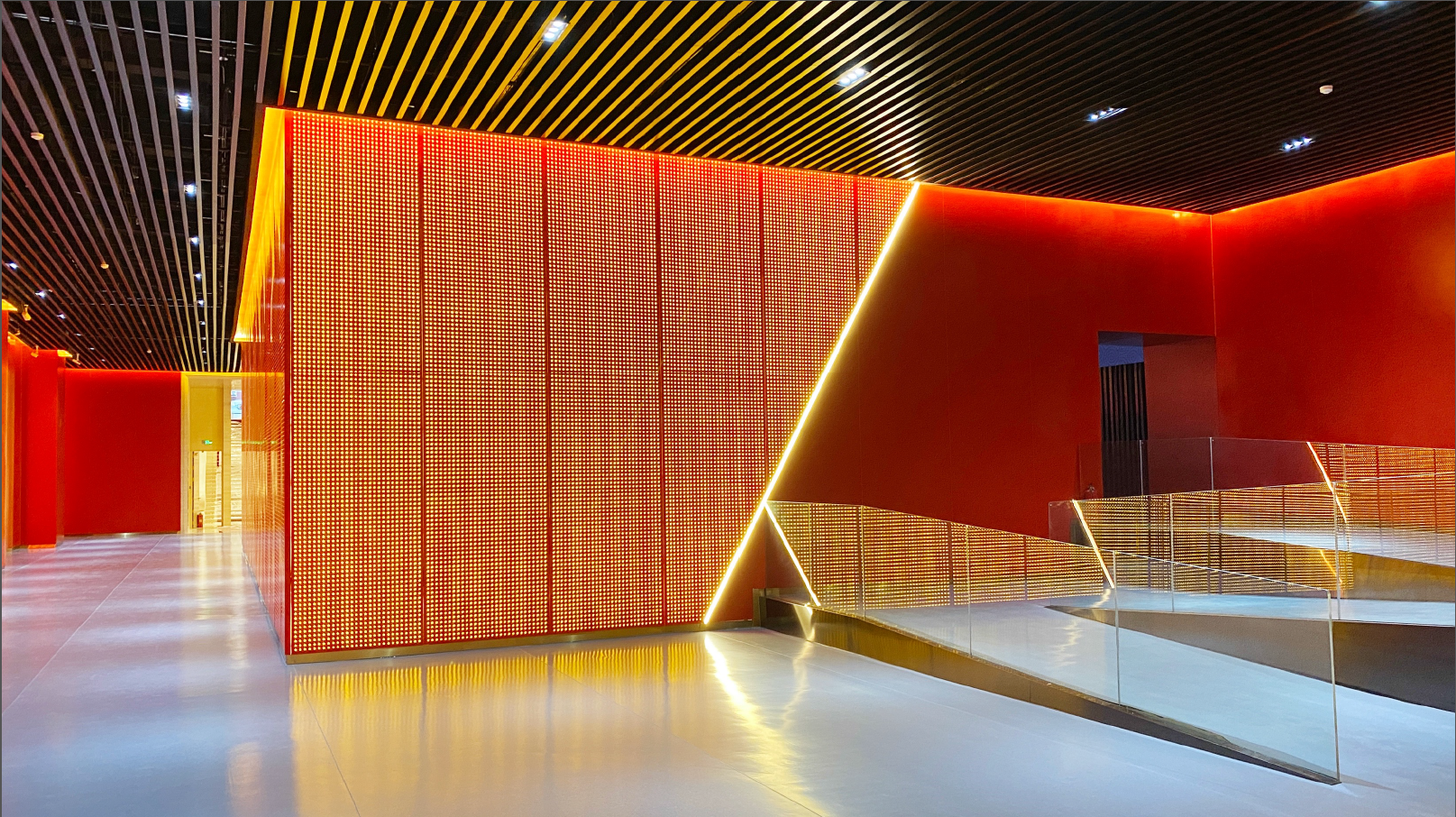Digital technology brings CPC museum to life
- By Zhang Liying
 0 Comment(s)
0 Comment(s) Print
Print E-mail China.org.cn, June 26, 2021
E-mail China.org.cn, June 26, 2021

The newly inaugurated Museum of the Communist Party of China (CPC) has incorporated the latest in digital technologies, enabling visitors to enjoy an immersive experience while learning about the Party's history.
Composed of seven 24K-resolution screens, a panoramic theater will bring visitors to the sites of key battles on the Long March of the Red Army led by the CPC between 1934 and 1936.
The theater is a highlight of the new museum, epitomizing the combination of digital technology and Party history education.

Taking consideration of space, heat dissipation and energy conservation, the project team equipped the theater with low-power consumption LED screens which produce less blue light and also feature such functions as smart dehumidification, said Zhuang Yan, vice general manager of Crystal CG, the digital imaging company which designed and built the theater.
He explained that a smart control system independently developed by the company empowers 4D film presentation in the theater, with wind, snow, temperature changes and other simulated physical effects enhancing the viewing experience.

Apart from the Long March, films about other major events in the Party's history will also be shown in the theater. In order to faithfully present these events, the project team reviewed a wide range of historical documents, consulted experts on the Party's history and visited revolutionary bases to collect firsthand materials, Zhuang said.
Cutting-edge display technologies including motion capture and 3D scanning were also employed in making the films to increase realism, he said.

"By using all these technologies, we hope to visualize important moments in the Party's century-long journey and take visitors back in time," Zhuang said. "As a company affiliated with Beijing State-owned Assets Management, we feel honored and proud to participate in the construction of the museum."
Located in the Chaoyang district of Beijing, the Museum of the CPC is devoted to permanent and comprehensive exhibitions of the Party's history. Its construction started on Sept. 10, 2018, and was completed on May 5, 2020. The new landmark museum is set to open to the public after July 1.





